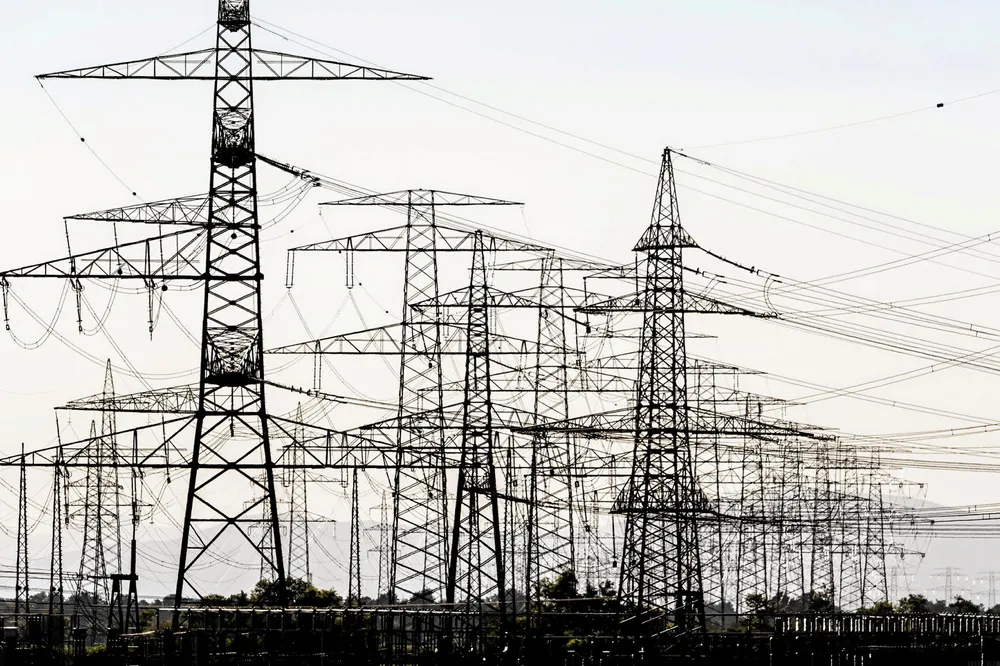'Time is of the essence': race is on to crack America's $100bn power grids problem
Report by Acore and the Brattle Group identifies how states can move the needle now amid decade-long wait for recently issued FERC order 1920 to result in new capacity

A study released Thursday by Brattle Group and the American Council on Renewable Energy (Acore) identifies several pathways states can follow to meet their short-term transmission needs and enable clean energy deployment, especially offshore wind, amid a lagging federal interconnection approval process.
Onshore and offshore transmission is a growing energy transition concern, and research consultancy Wood Mackenzie estimates the US grid needs between $80bn-$100bn in upgrades and new lines to meet President Joe Biden's administration’s climate ambitions.
“The benefits of expanding the US grid to deliver affordable, clean power to all Americans are clear, and there are a lot of options to help plan and execute these upgrades,” said Acore CEO Ray Long. “Time is of the essence, and our report lays out the opportunities for states to maximise the benefits of proactive planning, particularly for offshore wind.”
“Coordinated transmission development can reduce the cost of achieving state policy goals,” said Joe DeLosa, manager at The Brattle Group.
“Available options range from targeted single-state procurements to broader interregional opportunities, providing states several lower-cost pathways to more-effectively meet individual and collective near-term needs.”
The report focused on regional transmission operator PJM’s grid, the nation’s largest by consumers encompassing all or parts of 13 MidAtlantic and Mid-Western states and the focus of major offshore wind deployment but also evaluates “potential options to extend planning collaboration beyond PJM’s regional borders,” the report said.
PJM has already spearheaded state-led grid expansion through its federally approved State Agreement Approach (SAA), which allows policy goals to take equal weight to cost, need and reliability when considering transmission upgrades.
Through the SAA, New Jersey is poised to begin development of a single onshore collector point for over 6GW of offshore wind and then deliver that to the larger grid.
The single-state, single-driver approach in the SAA lays the groundwork for multiple other pathways, including a single-state, multi-driver transmission procurement focusing on multiple transmission needs, including reliability, congestion relief, public policy, asset renewal and others.
Multi-state, single-driver options such as efforts by MidAtlantic states including Maryland for coordinated offshore wind transmission are likewise among available options, the report finds.
“Building offshore wind at scale in the next decade is essential to meeting electricity demand in a clean and reliable manner, but transmission planning must start today,” said Evan Vaughan, executive director of Maryland-based renewables advocacy group Marec Action.
“This report offers policymakers pathways to work more closely with neighboring states and to insist on proactive, multi-value transmission planning through PJM.”
(Copyright)